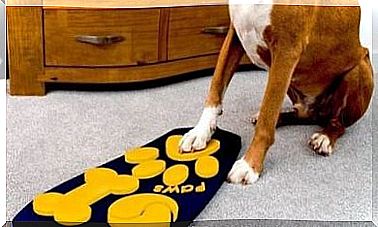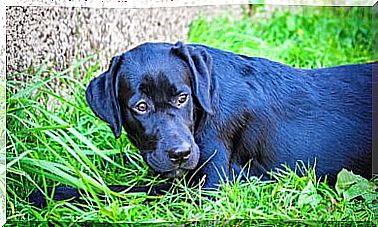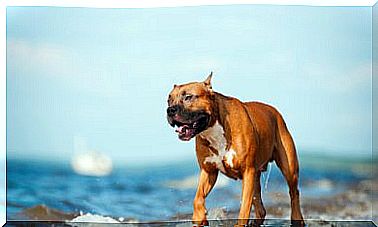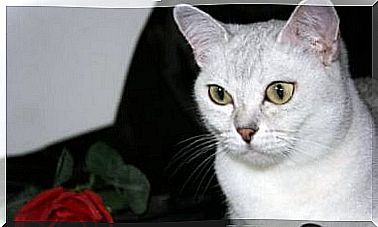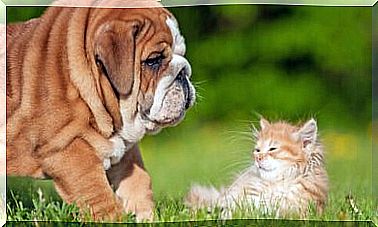What Are Decomposing Animals?
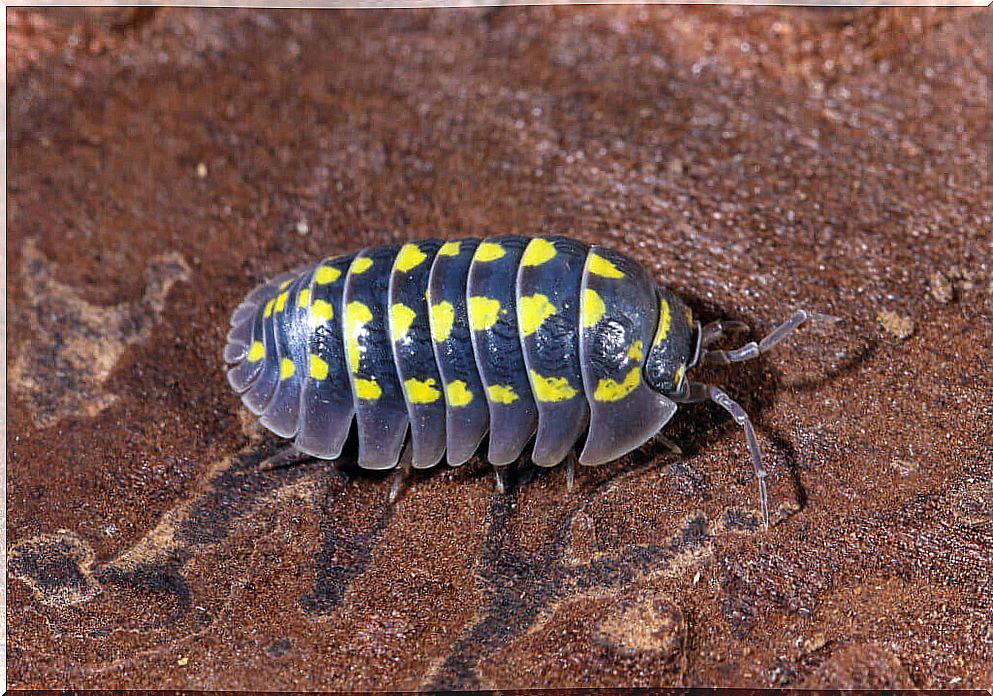
There are about 8.7 million species of living beings across planet Earth. This means that there are still 86% of living taxa to be described in the terrestrial environment, a number that increases to 91% in the aquatic environment. What we now know is that every member of an ecosystem is essential: from decomposing animals to super predators, every living thing performs a task.
As Antoine Lavoisier said in his time, “In nature nothing is lost and nothing is created, everything is transformed” . This applies to experiments in physics and chemistry, but also to food chains in natural ecosystems. Every living being that dies is reintegrated into the organic matter cycle, because in nature nothing is wasted. Find out with us what the role of decomposing animals is in all this.
What are decomposing animals?
Decomposition is a process that takes place in any environment where there is living matter. In these reactions, organic tissues are transformed into simpler compounds such as carbon dioxide, water, simple sugars and mineral salts. This is an essential part of the nutrient cycle because, thanks to it, dead animal matter becomes part of the soil compost.
Decomposing animals are those that feed on decaying organic matter, as their name implies. Like herbivores and carnivores, they are heterotrophic beings, as they use organic substrates to obtain cellular energy. In any case, they differ from the others because their ecological niche is the soil, where dead tissue abounds.
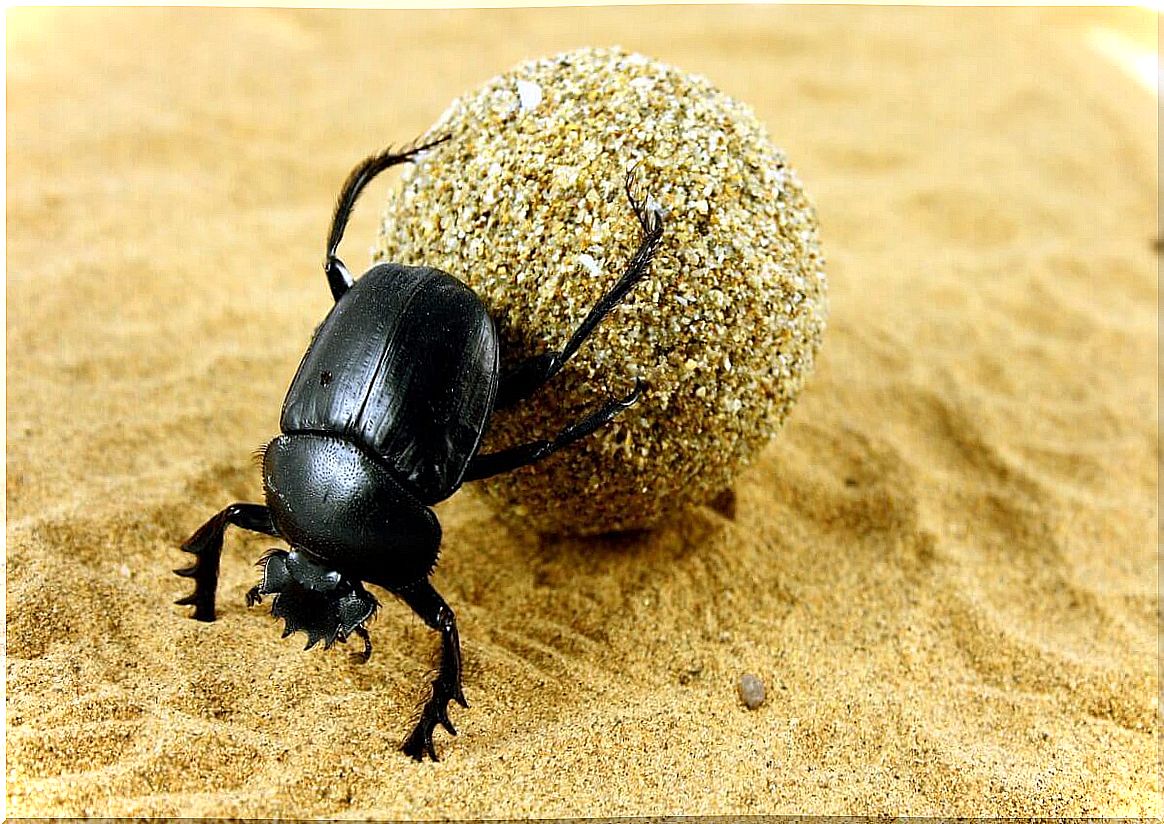
Types of decomposing animals
In its strictest sense, decomposing animals are only those that obtain nutrients from the soil directly, through chemical reactions. Anyway, for informational purposes, we will also cite in this list those that ingest dead matter and then metabolize it, such as detritivores, scavengers, xylophages and others. Check out everything below!
butcher organisms
These animals are not typical scavengers as they handle and consume large amounts of dead food. Anyway, they are the first step for the dead matter to start to decompose, as they mechanically tear the tissues of dead beings and allow other species to gain access to the interior of the corpse.
Butchers are animals that feed on the corpses of prey they have not hunted. Some of the best known are as follows:
- Vultures: are the first to reach a corpse when the predator leaves its prey. The mechanical action performed by these birds is essential, as they open access to many other species of decomposers, generally expanding lesions from the natural orifices of the victim’s body.
- Hyenas: Hyenas are threadlike mammals associated with the consumption of dead matter, although some species are capable of hunting other mammals.
- Raccoons: Raccoons eat almost any organic compound they can put in their mouths, including dead matter.
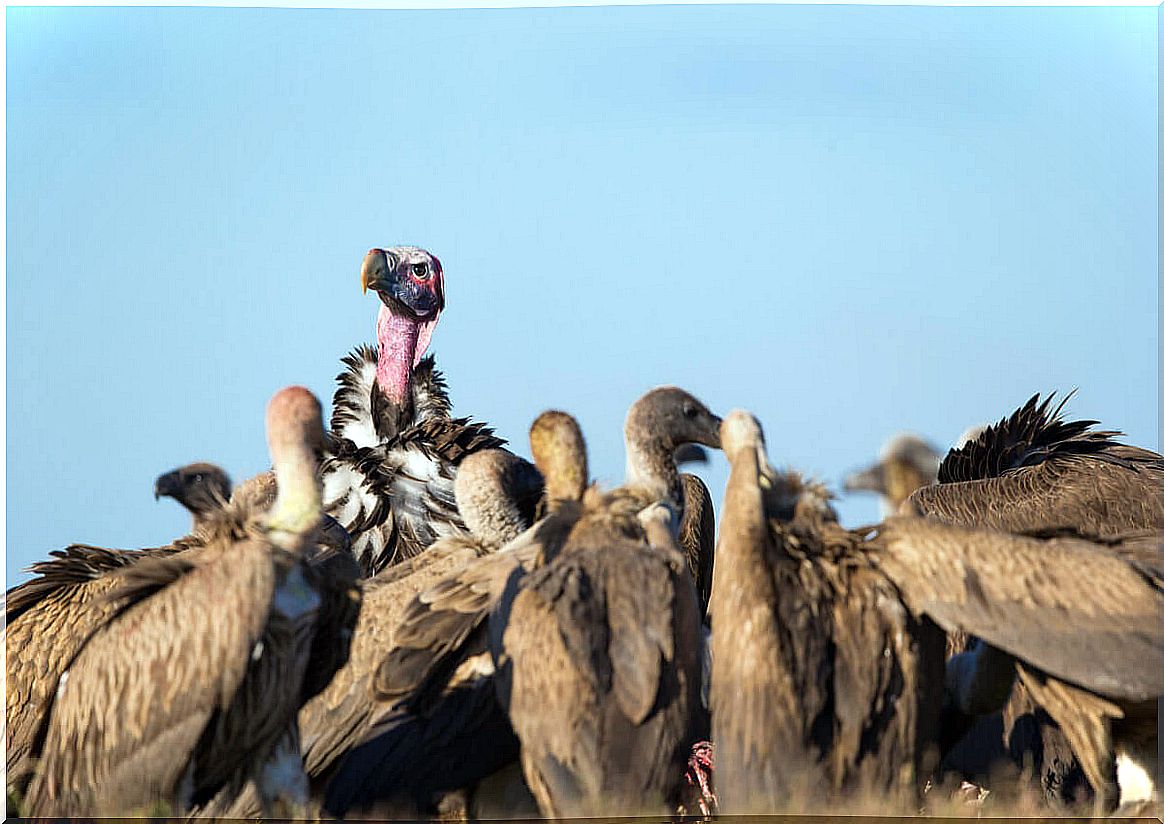
scavenger organisms
Although the terms scavenger and scavenger are often used interchangeably, and this is correct, scavengers are sometimes associated with smaller animals that feed on dead organic matter to a lesser extent. Here are some examples of them in this list:
- Diptera: The flies of the Sarcophagidae family specialize in the exploration of dead matter, as their larvae develop in decomposing bodies and in manure. If you’ve ever seen rotten meat with whitish worms inside it, it certainly belongs to that group.
- Coleoptera: The sylphs are a family of Coleoptera that includes more than 300 species, almost all of which are scavengers.
- Hymenoptera: Wasp and ant larvae usually feed on organic matter, so these animals are often seen around corpses and bits of wasted food.
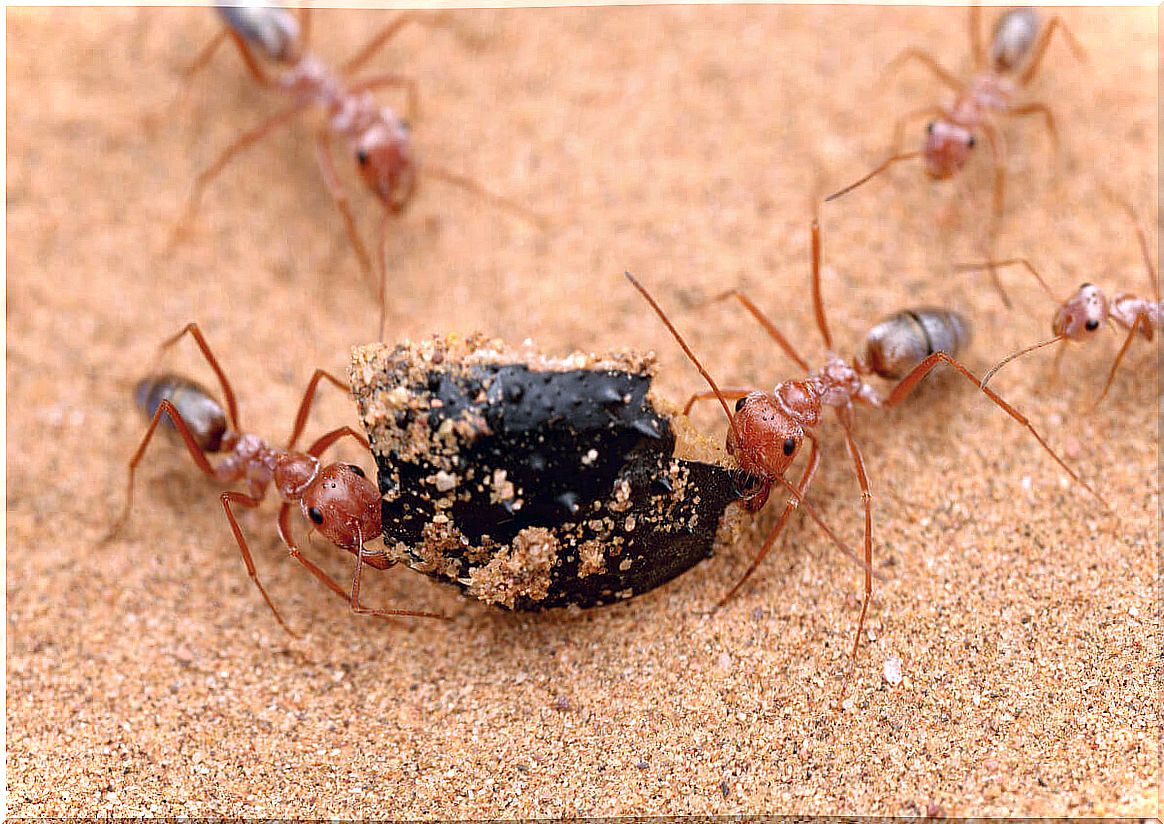
Detritivorous Organisms
Although they cannot be considered strict decomposers either, detritivorous organisms are the closest to this meaning. These animals obtain energy from debris and decaying organic matter present in the environment. They are the last step between the macroscopic and microscopic worlds, as they break down matter enough for bacteria and fungi to use.
Here is a list of the best known detritivores or iliophages :
- Omniscides: commonly known as “woodworms”, omniscides are isopod crustaceans responsible for eating decaying organic matter in the terrestrial environment. They generally live in damp areas away from light, and have a predilection for dry leaves and other dead plant matter.
- Gastropods : Slugs and many species of snails also eat everything in their path, including decaying dead matter.
- Asteroidea and Holothuroidea: the seas also need detritivorous beings to recycle decaying organic matter. Starfish and sea cucumbers are responsible for this task.
- Annelids: earthworms and some aquatic polychaetes are strict detritivores, as they feed on carbon present in soils. Furthermore, with their underground activity, they aerate the land, which favors the growth of various plant species.

xylophagous organisms
The xylophagous animals could be included in the group of detritivores, but their highly specialized diet makes them gain a category of their own. These living creatures specialize in the consumption of wood, whether it is part of a living or decaying vegetable. Without a doubt, the clearest example of this category is termites ( Isoptera ).
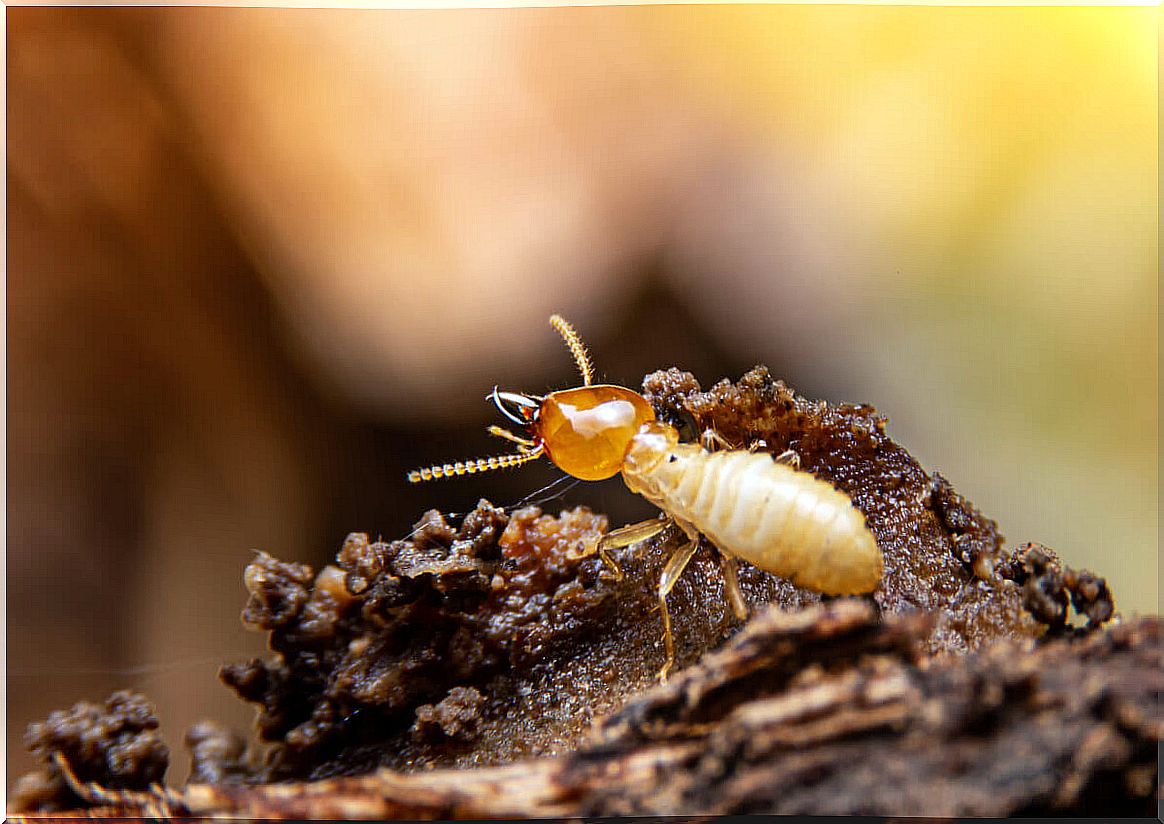
Coprophagous Organisms
A coprophagous animal is one that feeds exclusively, or almost exclusively, on the excrement of other animals. Although some living beings, such as rabbits, ingest their own feces to reuse nutrients, their main food source is vegetables, therefore, they cannot be considered coprophagous. The same logic applies to many species of primates or dogs.
Strict coprophages are invertebrates. Among them, the dung beetles stand out, which break the feces of ruminants and carry them in the form of a ball to their nests, where they feed the larvae. Sometimes some species of beetles form their galleries just below the manure, saving the energy spent on transport.

Strict Decomposing Organisms
Among the strict decomposers we find fungi and bacteria, as these organisms obtain organic nutrients directly from the soil, without the need to ingest or digest them. All the animals mentioned so far break down organic matter enough for these groups to act on it.

As you can see, there are many decomposing animals, specializing in different niches and types of specific organic matter. In any case, it is important to highlight that, when referring to “typical decomposers”, we can only mention fungi and bacteria.
